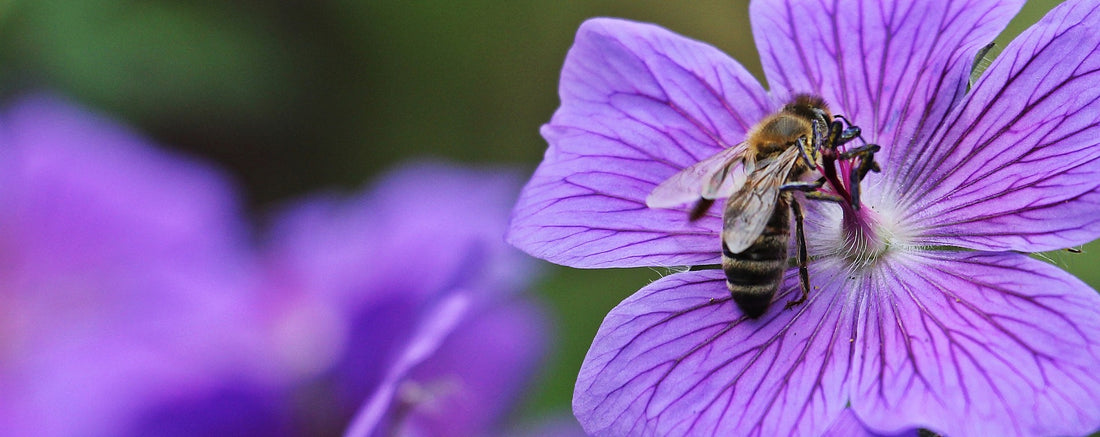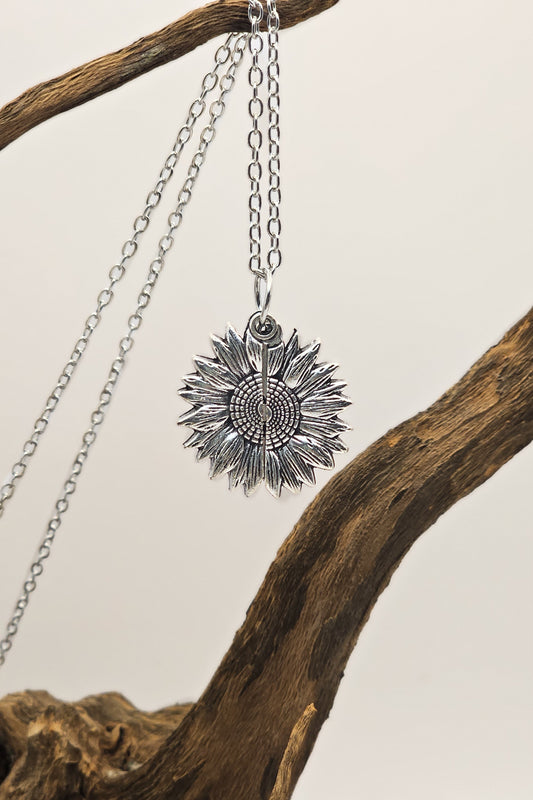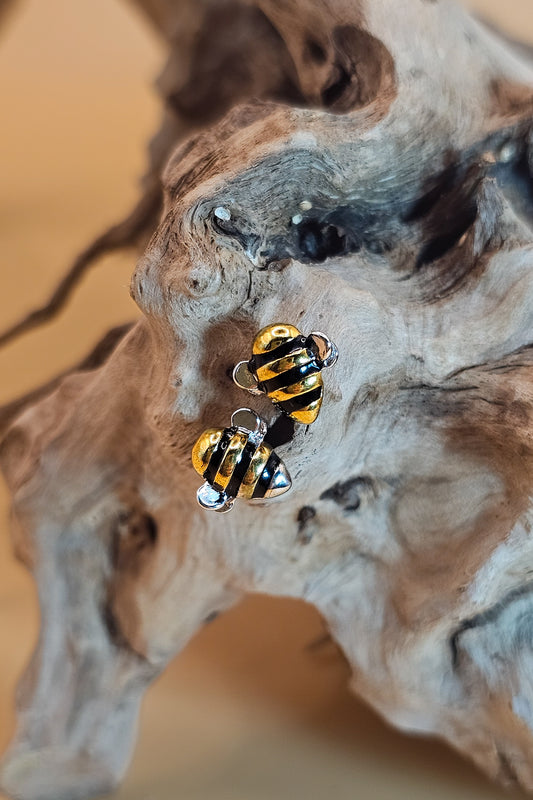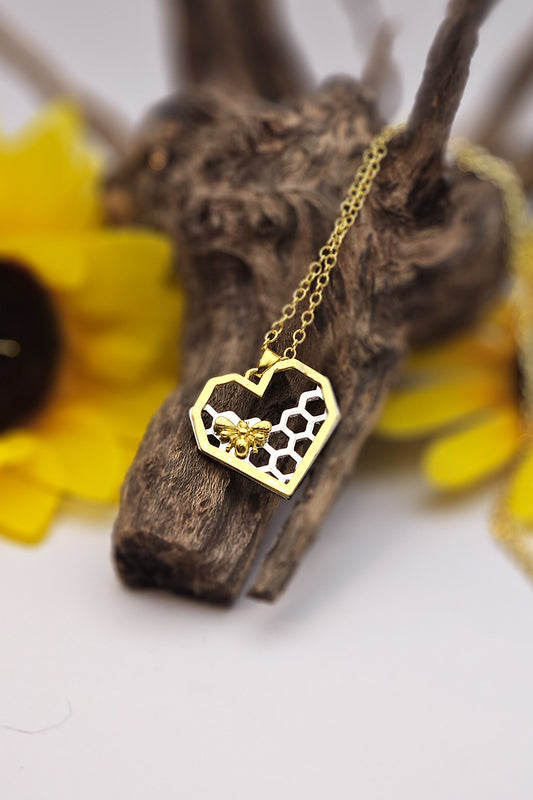What is it about the color blue that bees love?
Bees are so very much associated with the yellows, golds, reds and oranges—colors of the sun—that their preference for blue is a bit of a mystery.
Flowers know what they are doing. In the same way they lure bees with nectar so they can be pollinated, they have also figured out which colors attract bees the most. The end goal is always pollination.
The mystery is partly solved when you realize that flowers in the violet-blue range produce the highest volumes of nectar.
Enjoy this hypnotic short video of a glorious blue banded bee sipping from purple salvia flowers (less than 2 minute video):
This is not an easy color for plants to produce, however, so the flower must get crafty to manifest a “blue halo” that will lure the bees in. A new study shows that nanoscale structures on flower petals manifest a blue glow when they are bathed in light. This blue halo is made up of small irregular striations that are lined up in a parallel design, according to a scientific report in Nature. These are found in all major flowering plant groups that are pollinated by insects.
It all sounds terribly scientific, and it is. The amazing part is, how are flowers such great creators and scientists? Human scientists used scanning electron microscopy to analyze every type of angiosperm from grasses to flowering plants, from herbaceous plants to shrubs to trees. They all generate a blue or (UV) ultraviolet scattering effect. This is particularly noticeable to bees because they have enhanced photoreceptor activity in the blue-UV parts of the spectrum.
Scientists then exposed bumblebees to artificial flowers with three surfaces. Smooth, iridescent and striated to produce blue halos. The flowers with the blue halo won out, despite the color of the flower.
Are you ready to plant plenty of blue flowers in your garden next spring?
Remember that the curious wild bees, bumblebees and other native bees all flit from one sort of flower to the next, but the honeybee is “flower-faithful” and requires a good quantity of their favorite blossoms. They are practical and thorough on their foraging trips, studying the anthers and nectar wells of a flower’s form, and settle in on those preferred nectar- and pollen-rich plants, usually working that flower area until all nectar and pollen is depleted.
Since bees see blue spectrum colors best, here are some delightful flowers you can plant to lure in those sweet honeybees. You’ll only need a few but plant them in plentiful amounts. And please stay herbicide, pesticide and insecticide free.
SPRING
Blue Giant Glory-of-the-Snow – Chionodoxa forbesii
Siberian Squill – Scilla siberica
Lungwort – Pulmonaria sp.
Blue Pearl Crocus – Crocus chrysanthus
Grape Hyacinth – Muscari armeniacum
Forget-Me-Not – Myosotis sylvatica
Mountain Bluet, Perennial Cornflower – Centaurea montana
California Lilac – Ceanothus sp.
Blue Globe Allium – Allium caeruleum
EARLY-TO-MID-SUMMER
Meadow Sage – Salvia nemorosa and Salvia x sylvestris
Catmint – Nepeta sp.
Veronica – Veronica sp.
Hyssop – Hyssopus officinalis
Blue Glow Globe Thistle – Echinops bannaticus
Love-In-A-Mist – Nigella damascena
Borage – Borago officinalis
Viper’s Bugloss, Blueweed – Echium vulgare
Chicory – Cichorium intybus
MID-SUMMER – AUTUMN
Globe Thistle – Echinops sp.
Blue Anise or Hummingbird Sage – Salvia guaranitica
Bachelor’s Button – Centaurea Cyanus
Black and Blue Salvia – Salvia guaranitica
Russian Sage – Perovskia atriplicifolia
Blue Mist Bush / First Choice Bluebeard – Caryopteris x clandonensis
Please feel free to add more blue and purple flowers to this list as it is far from complete. Share your wisdom over on our Facebook page.








